This week, 133 Catholic cardinal electors will choose a new pope in a secretive, centuries-old ritual called a conclave. On Wednesday, the electors — among the church’s most senior officials — will be locked inside the Vatican’s Sistine Chapel to hold as many rounds of voting as prove necessary to select the next pontiff.
Here’s what you need to know about the process and how long it might take.
When does the 2025 papal conclave start?
The conclave begins on Wednesday, May 7 — 16 days after Pope Francis’ death.
It’s one of the oldest methods of electing a head of state that’s still in use today, and its basic protocols have barely changed for 800 years.
In order to become a pope, a candidate need only be Catholic and male. However, for centuries, popes have only been chosen from among the Catholic cardinals, the church’s most senior officials.
The conclave takes place in the Sistine Chapel, behind sealed doors. Along with all Vatican staff involved in the process, the cardinal electors take an oath of secrecy, and the chapel is swept for listening devices.
The 133 electors participating this time around can hold one round of voting in the afternoon of the first day of the conclave, which consists of two ballots. To be elected pope, a candidate must garner two-thirds of the votes plus one. If the first round isn’t conclusive, voting continues into a second day.
From the second day onward, there are two rounds of voting each day, one in the morning and one in the afternoon.
If there is no two-thirds majority after three days of voting, the process is paused for a day to allow time for the cardinals to pray and discuss their options.
How long have conclaves taken to choose new popes in the past?
There is no time limit set for how long a conclave can take. The cardinal electors continue to vote until a two-third-plus-one majority is achieved.
The shortest conclave on record was in 1503, when it took the cardinals only 10 hours to choose Pope Pius III as the new pontiff.
The longest conclave on record took almost three years.
The election of a successor to Pope Clement IV in 1268 dragged on for so long — 1,006 days — that locals in the town of Viterbo, where it was held, locked the cardinals in the room where they had gathered until they reached a decision.
That is where the name still used for the process of selecting a new pope — “conclave,” which translates to “under lock and key” — came from.
After that marathon conclave, Pope Gregory X was finally elected in September of 1271.
How long is the 2025 papal conclave expected to last?
There is no way to predict how long a conclave will take, but guidance can perhaps be taken from recent history.
The last three popes have been elected in two or three days.
In 2013, Pope Francis was elected after five ballots held over two days. In 2005, Pope Benedict XVI was elected after four ballots. In 1978, Pope John Paul II was elected over two days after eight ballots.
Why does the papal conclave use white smoke?
After each round of voting, the paper ballots are burned. If a pope has not been elected, black smoke rises from the chimney above the chapel. If a pope has been elected, white smoke rises.
Initially, only black smoke was part of the conclave tradition, rising from the chimney as a result of ballots being burned after an unsuccessful round of voting.
White smoke was first used in 1914, when Cardinals decided the light colored smoke should announce the selection of a new pope, Georgtown University reported.
Now, to ensure the result of each ballot is clear, chemicals are burned alongside the ballots in each round to color the smoke black or white.
when-will-the-2025-conclave-bring-a-new-pope-heres-how-long-its-taken-to-see-white-smoke-in-the-past

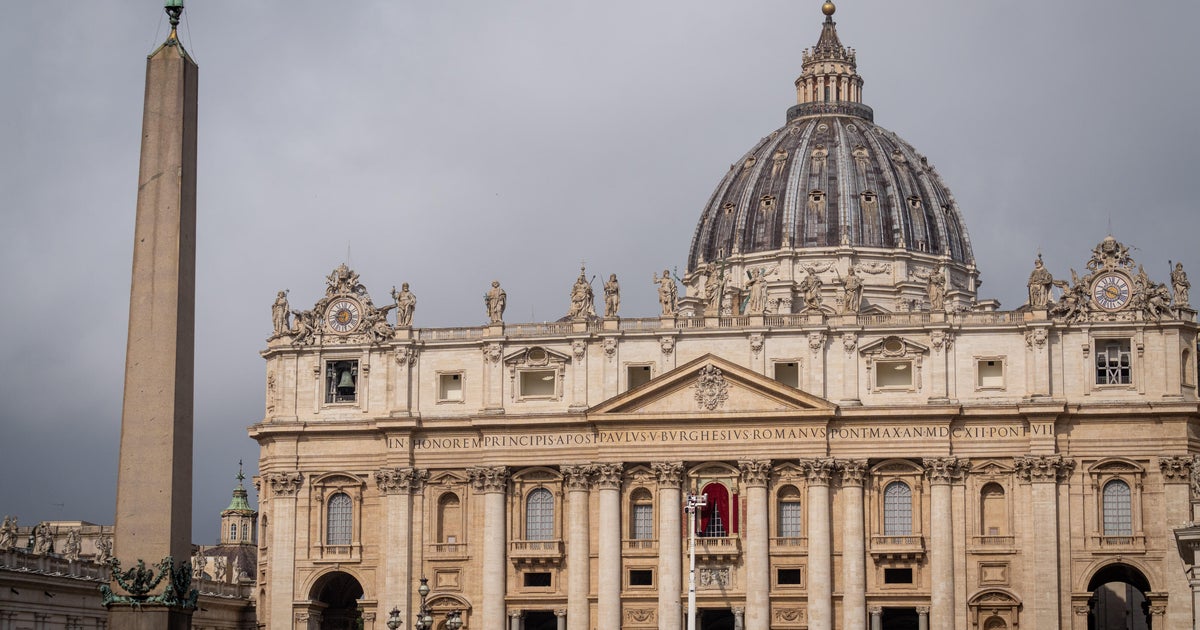
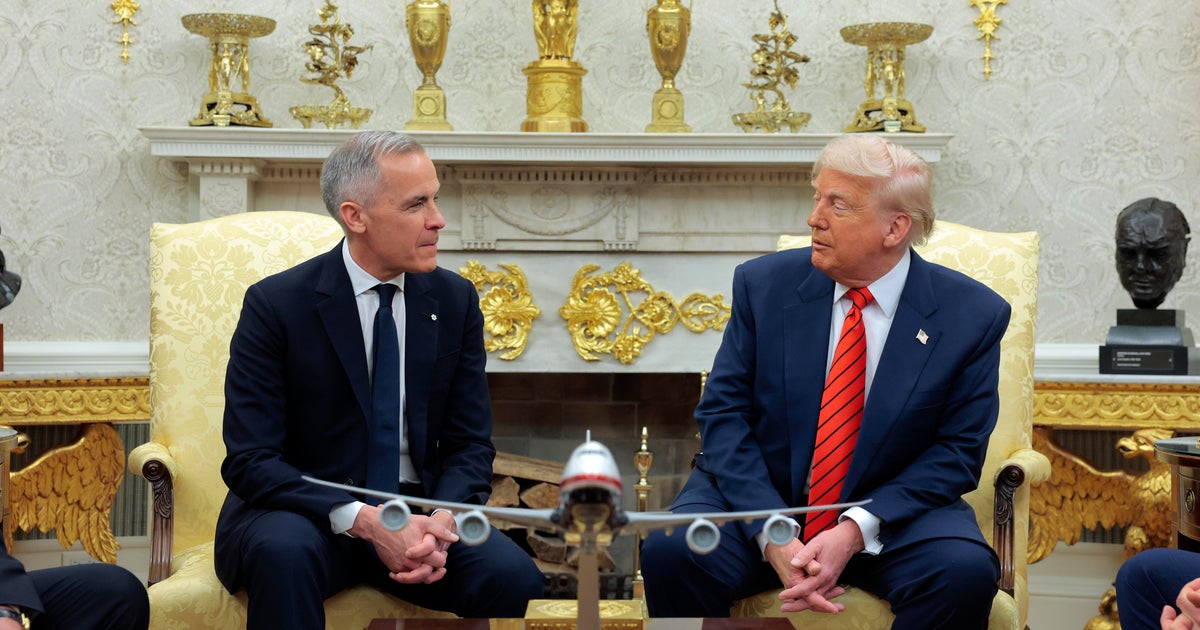
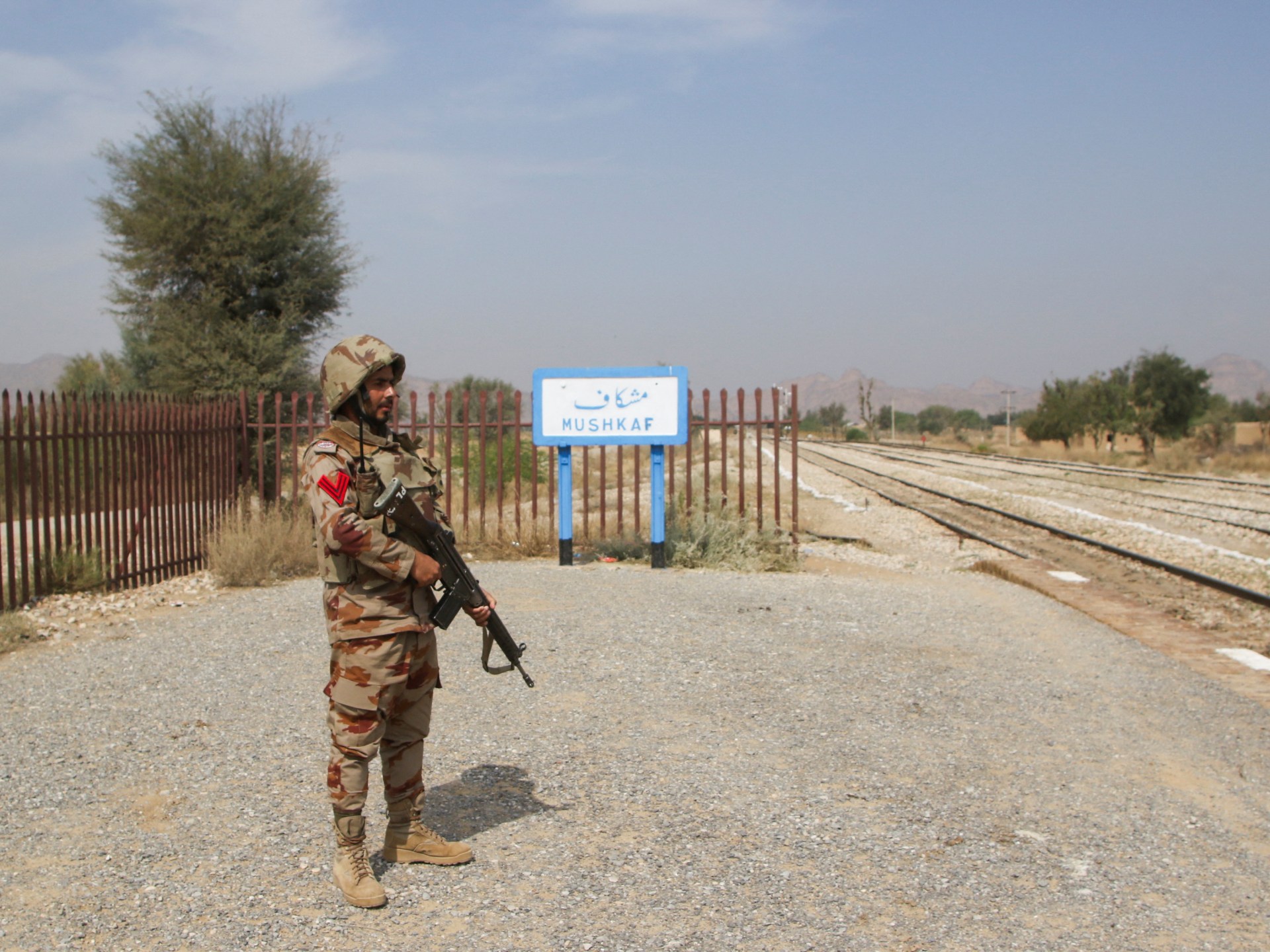
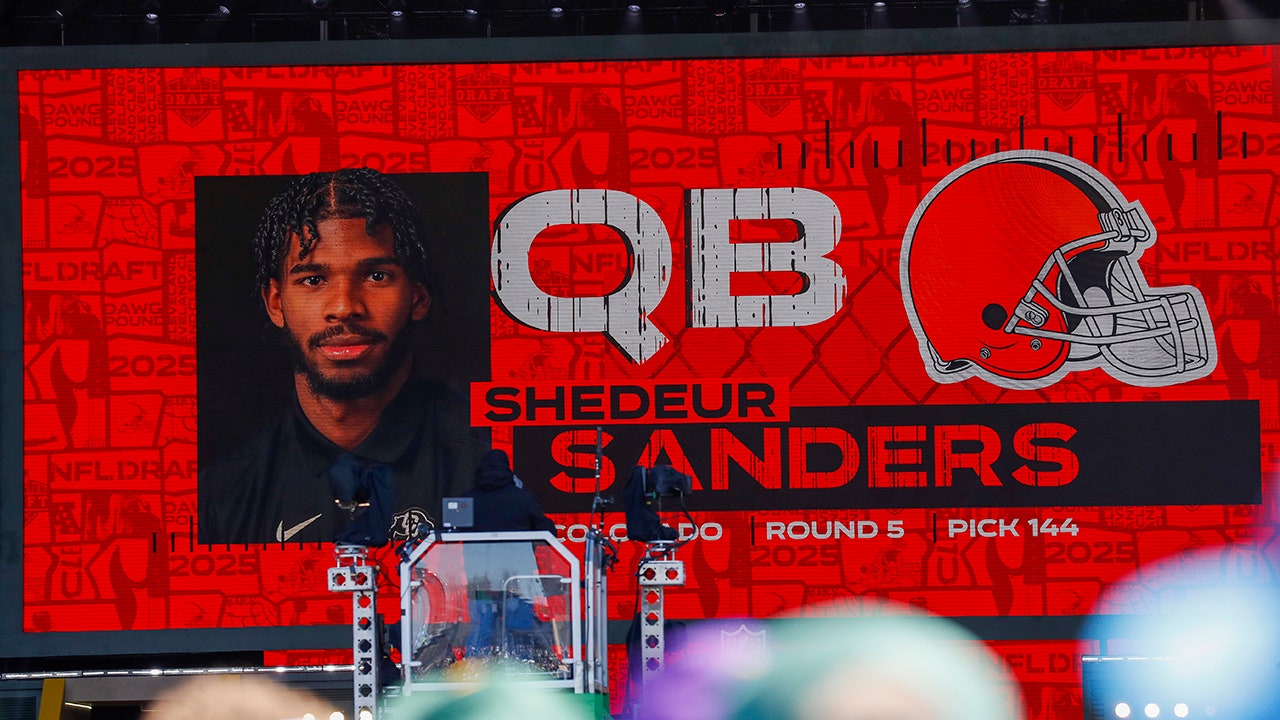
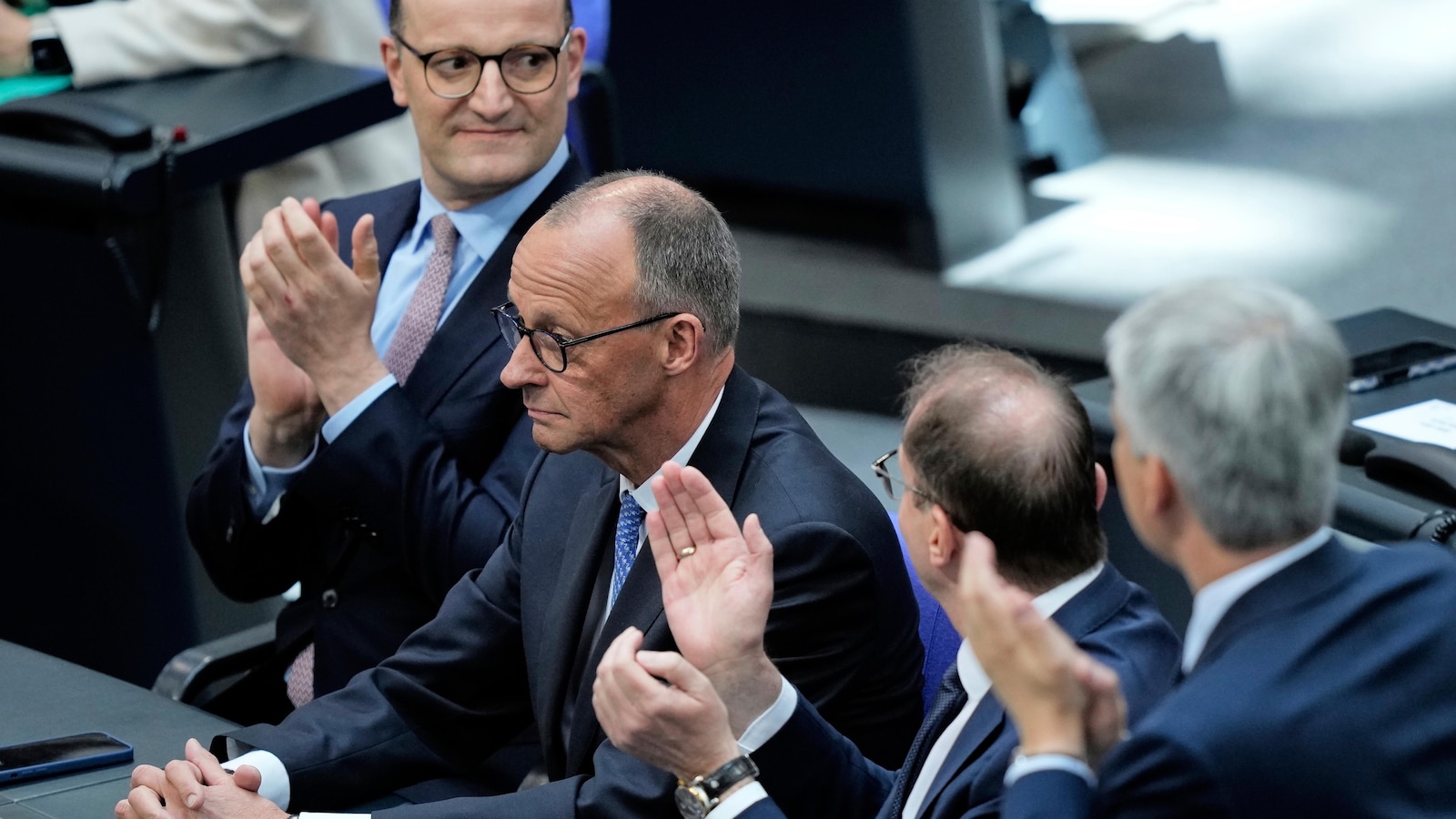
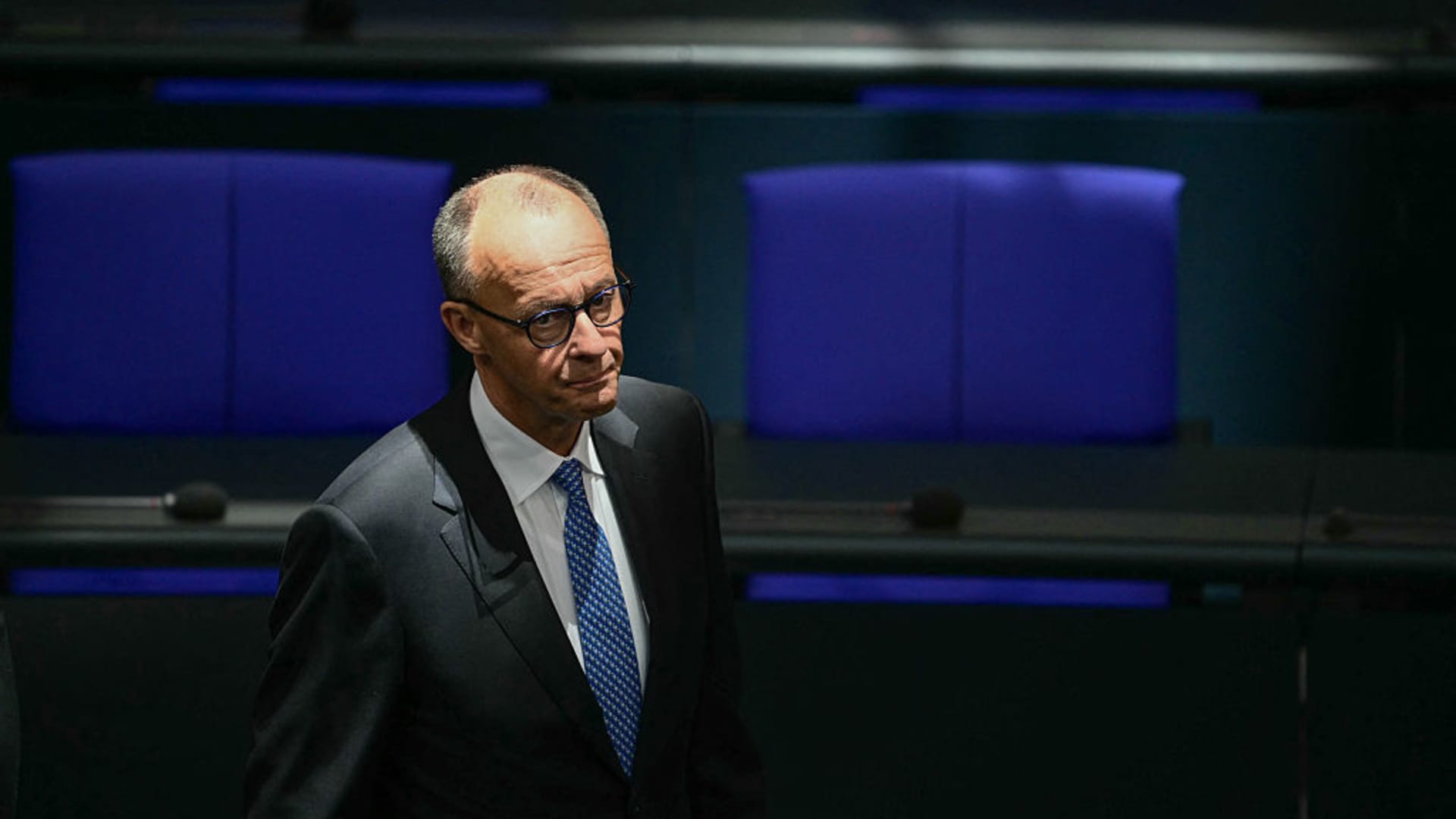
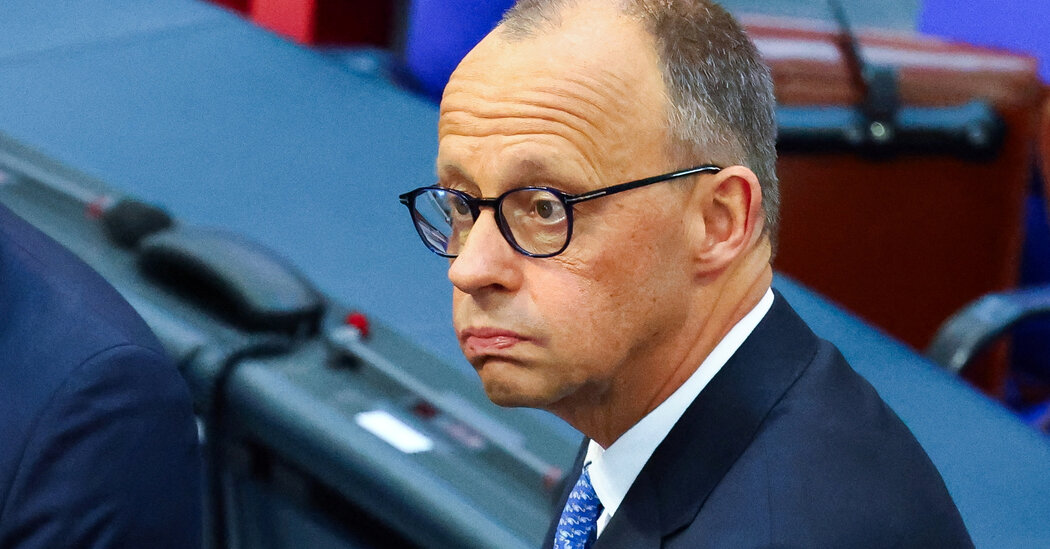
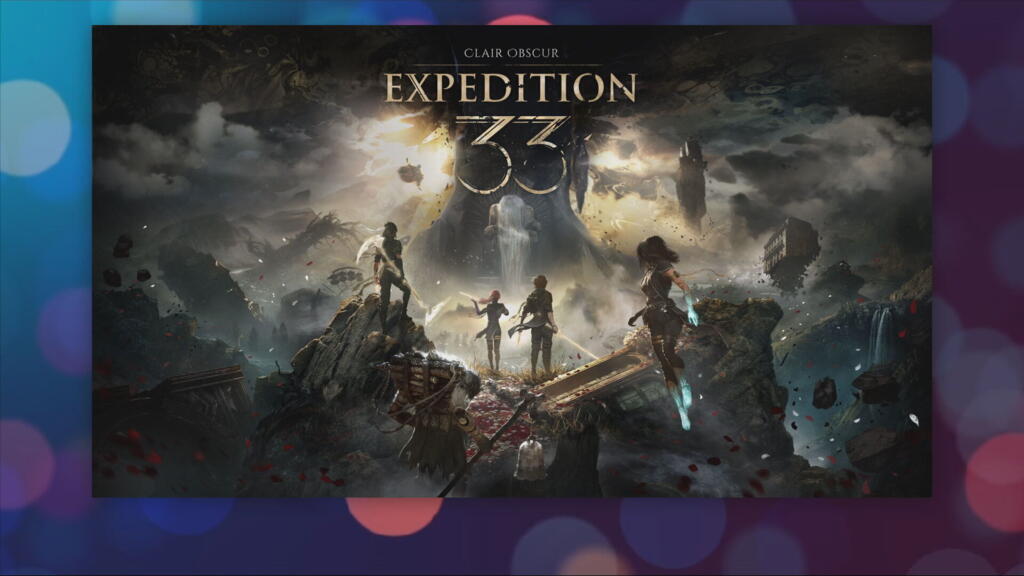
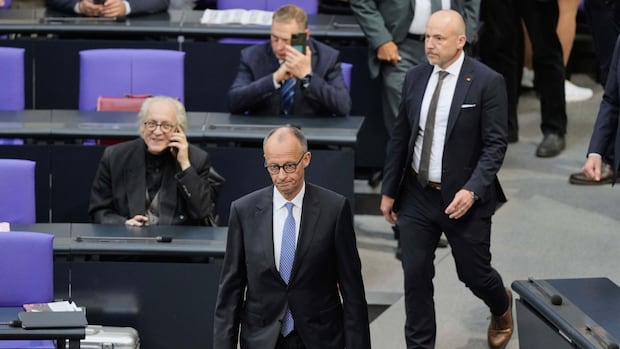
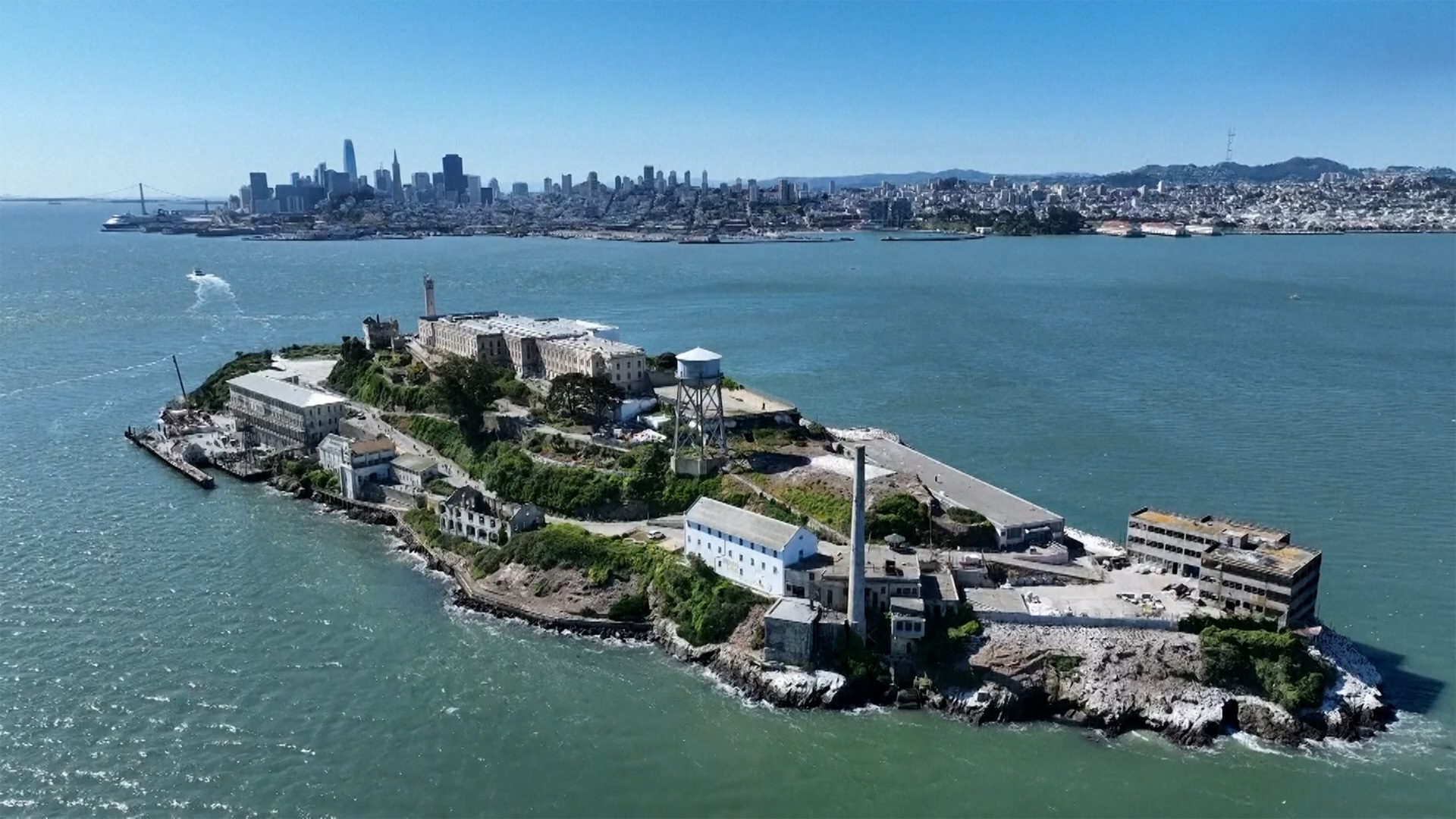
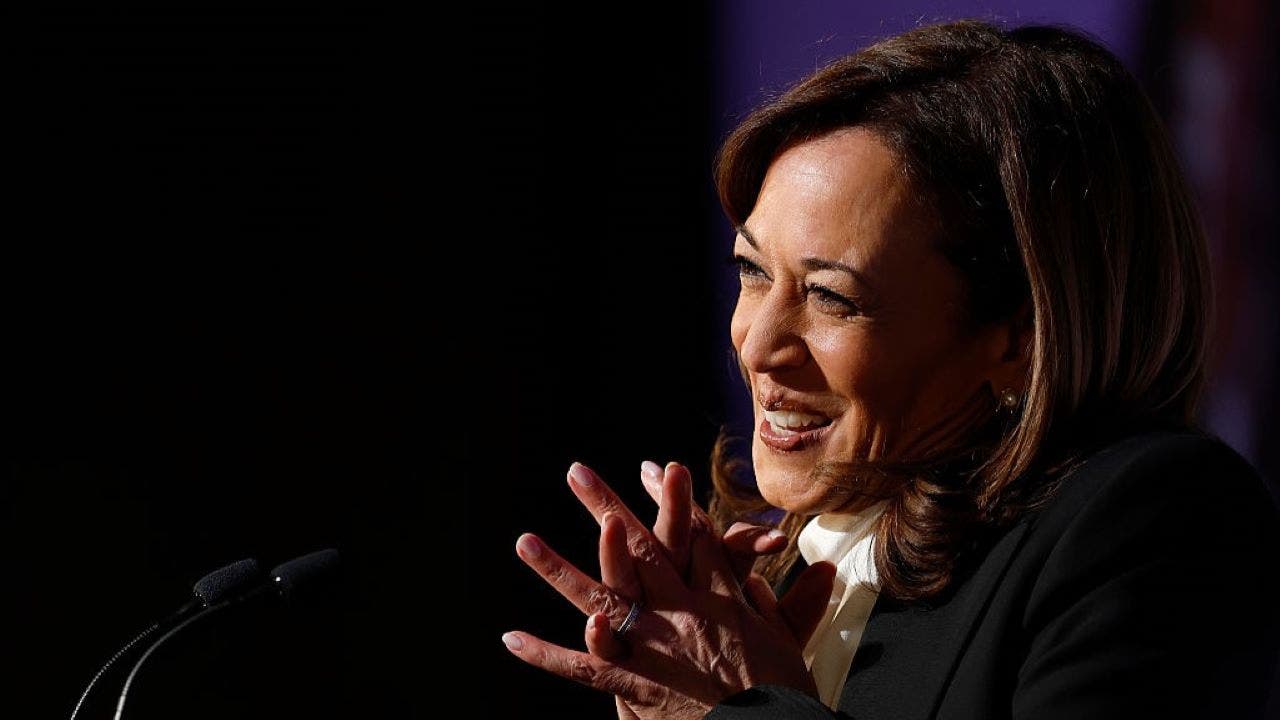
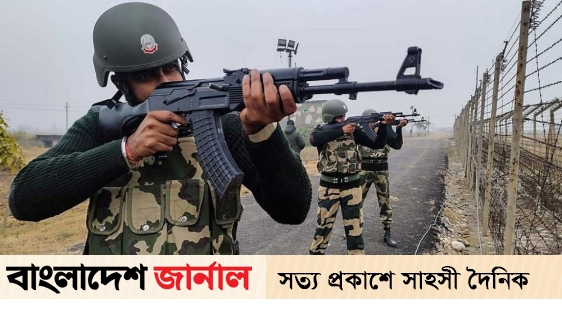
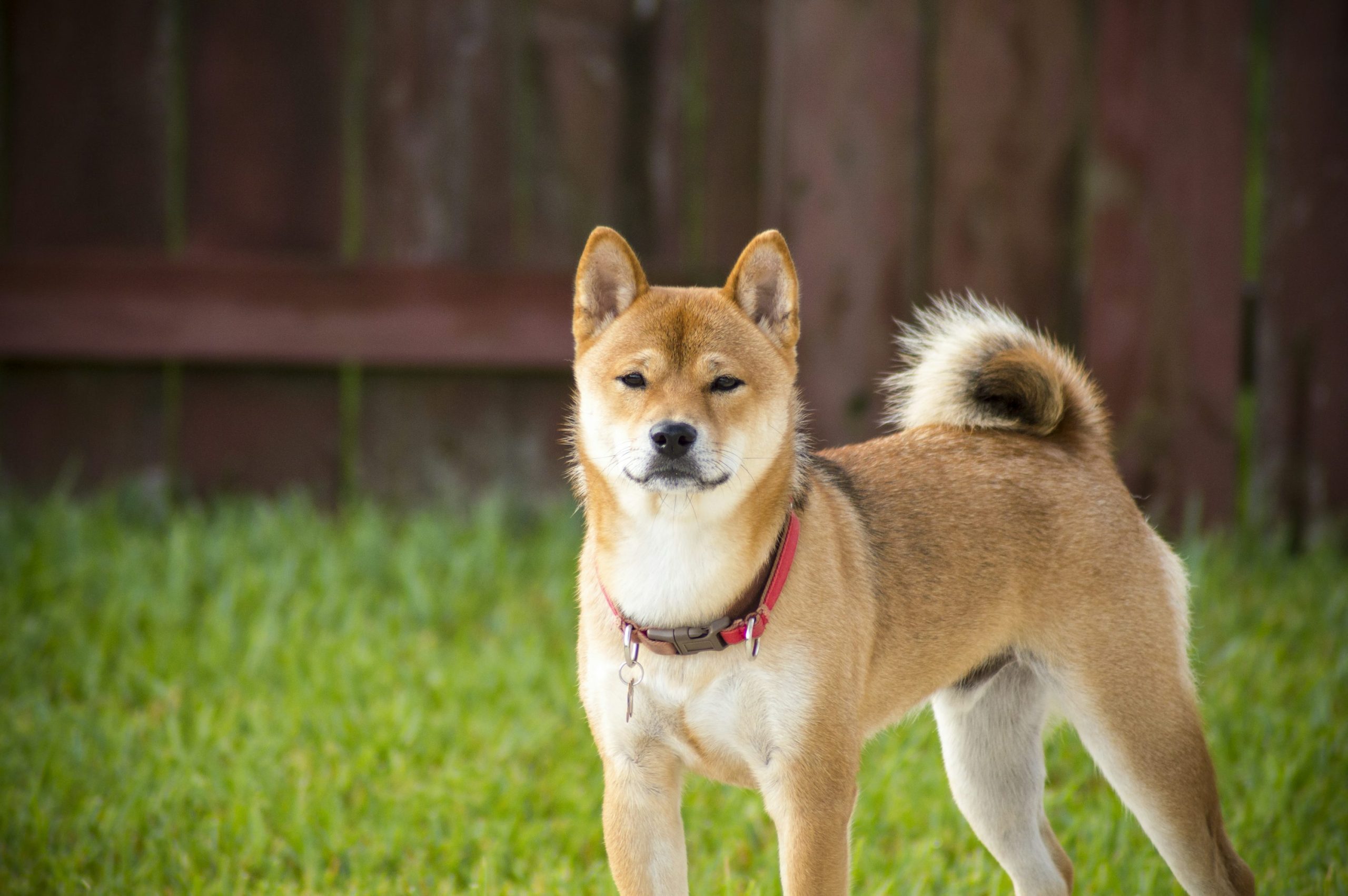
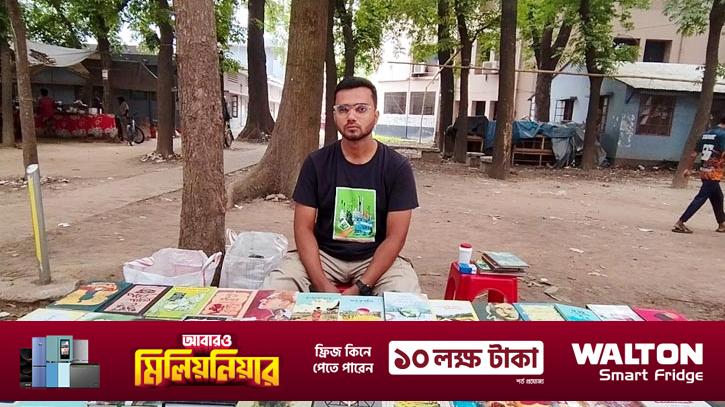
Leave a Reply